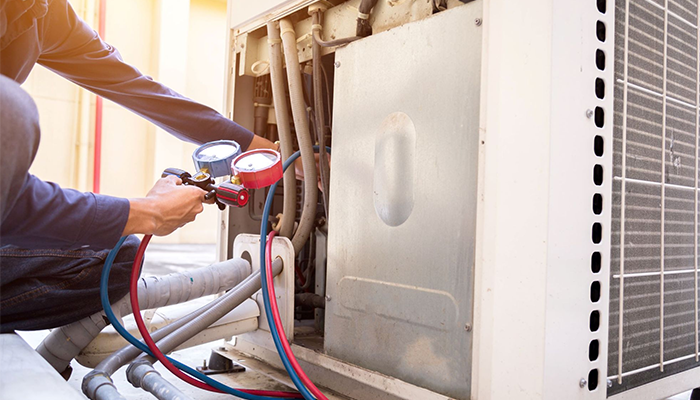
In commercial environments, an efficiently operating air conditioning (AC) system is essential for maintaining optimal working conditions and productivity. However, many organizations adopt a reactive approach to AC maintenance, addressing issues only when system failures occur. This reactive strategy often results in substantial financial losses and operational disruptions. Proactive maintenance strategies not only mitigate the risk of unexpected breakdowns but also enhance energy efficiency, extend equipment lifespan, and minimize overall operational costs. This article explores key maintenance methodologies and cutting-edge technologies that can optimize AC performance in the workplace.
Commercial AC systems account for a significant proportion of a facility’s total energy consumption, often comprising 40-60% of total electricity usage. System inefficiencies—such as obstructed airflow due to clogged filters, refrigerant leaks, or aging components—can lead to excessive energy consumption and increased utility costs. A thorough understanding of these inefficiencies allows businesses to adopt energy-efficient practices that enhance system performance and reduce environmental impact.
Modern advancements in HVAC technology offer businesses opportunities to improve efficiency and reduce operational costs:
Implementing a proactive AC maintenance strategy is a crucial investment for businesses seeking to prevent costly disruptions and maximize energy efficiency. By adhering to routine maintenance schedules and integrating advanced HVAC technologies, organizations can achieve significant cost savings, enhance workplace comfort, and prolong the operational lifespan of their AC systems. Rather than waiting for a breakdown, businesses should take a forward-thinking approach to AC maintenance, ensuring seamless functionality and optimal energy performance year-round.